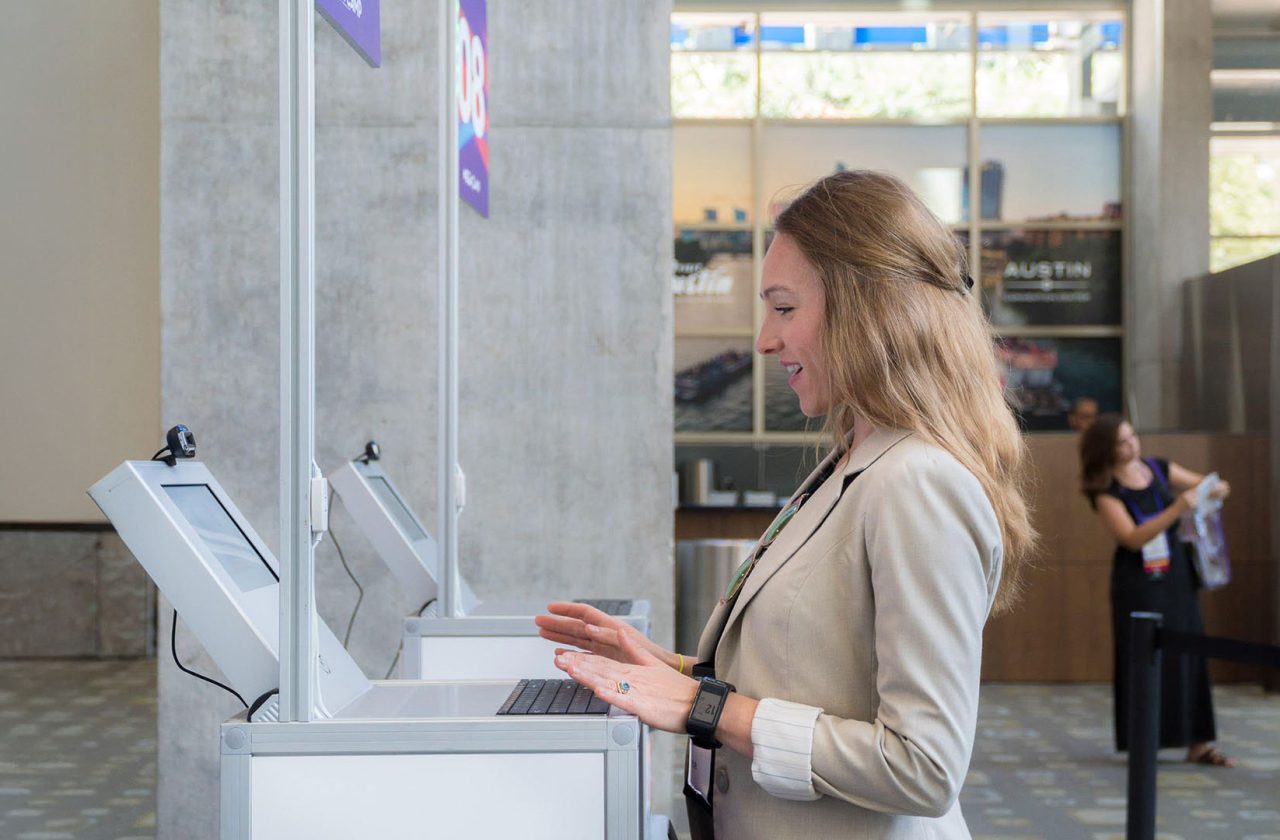Peter Gillett: How Facial Recognition Is Transforming the Events Industry

Facial recognition technology is rapidly changing how attendees experience tradeshows and exhibitions. As events return to in-person formats, innovative solutions that streamline entry and enhance visitor experiences are becoming crucial competitive advantages. Pete Gillett, an expert in CRM and marketing technologies, has been promoting the adoption of facial recognition systems that eliminate long registration lines while improving exhibitor insights.
Balancing Privacy Concerns with Enhanced Experiences
Pete’s involvement with facial recognition technology stems from broader discussions about surveillance and privacy. “It goes back 20 years. I suppose particularly in the UK, there was a big debate about CCTV and whether it was a good or bad thing,” Pete explains. “People are terrified about protecting their privacy and the thought of Big Brother having cameras on every street corner to record you and know who you are.” Despite these concerns, Pete sees significant benefits from thoughtful implementation. “If you’re leading a normal life, why should you care, if it’s making the streets safer?” he notes. This philosophy extends to how companies handle customer data, where the same privacy considerations apply.
The tension between data protection and customer experience remains central to facial recognition discussions. “We have clients and contacts on databases who vehemently don’t want their data recorded and they ask for contact data access and the right to have their records deleted. That’s good, that’s almost a basic human right,” Pete acknowledges. “But if you’re storing someone’s information and their preferences, you can provide a far better service because you know exactly what they want and deliver that service straight away.”
Transforming the Tradeshow Experience
In the exhibition world, facial recognition addresses one of the most frustrating aspects of events: registration bottlenecks. According to Pete, event organizers are divided on implementation. “There will be exhibition organizers who don’t want facial recognition in use for their visitors. There are others that say, this is so slick because it reduces the lines waiting to get badges printed. Your face is recognized when you walk up to a kiosk, it prints your badge and you’re into the show.”
This transformation represents a significant improvement over traditional methods still used even at technology-focused events. “We’re all used to going to shows still today. A lot of trade shows and there’s that queue to register and talk to a human being and they look you up on a database or check you off on the list,” Pete says. “Then you go to a table or 10 tables spread with badges. It’s alphabetical. Go and pick up your badge. I’ve been to high-tech shows where that is still the standard and it just doesn’t make sense!”
Implementation Strategies for Event Organizers
For organizations interested in adopting facial recognition, Pete offers straightforward advice: “Give it a go. Try it.” He recommends working with established providers like Fielddrive, rather than attempting in-house solutions. “Facial recognition is easy to put in place. There’s some great companies that we work with and they’ll provide all the kiosks. You can just rent them.” The implementation process has become increasingly streamlined, making adoption more accessible than ever. “A lot of organizers had their own personnel and they’ve just always done it a certain way and printed badges and looked up old databases,” Pete observes. “Talk to the guys that do this. They will provide the staff, the equipment, the whole process. It’s so streamlined now, it’s a no-brainer really to do that.”
The Future of Event Technology Integration
Looking ahead, Pete sees facial recognition evolving beyond registration to transform how exhibitors engage with attendees. “You can use cameras within your exhibition booth which review people’s mannerisms whether they’re grumpy, happy, sad; you can use it to check the emotional status of someone while they’re talking to your sales guys,” he explains. “You’ll know which leads are the most engaged just because of this technology.” The convergence of facial recognition with artificial intelligence will further enhance these capabilities. “The lines are getting blurred between facial recognition and AI because we’re using AI now so you can just scan a badge and it will go off and find out everything about you that’s in the public domain,” Pete notes. “There’s no GDPR issue about that. There’s nothing to be sensitive about. If you’ve published something and it’s out there, you’ve opted to do just that.”
Perhaps most intriguing is the potential for personalized content delivery based on facial recognition. “The next bit is when will the jump occur to the sort of Minority Report situation where you’ve got large video walls around your booth and as you walk by, recognition of each individual will adjust the content of what’s actually being displayed,” Pete envisions. “That’s entirely doable now, but you do need a good CRM database to have the right information to make it happen!”
Connect with Pete Gillett on LinkedIn or visit his website to learn more about how facial recognition technology is revolutionizing the events industry and tradeshow experience.





